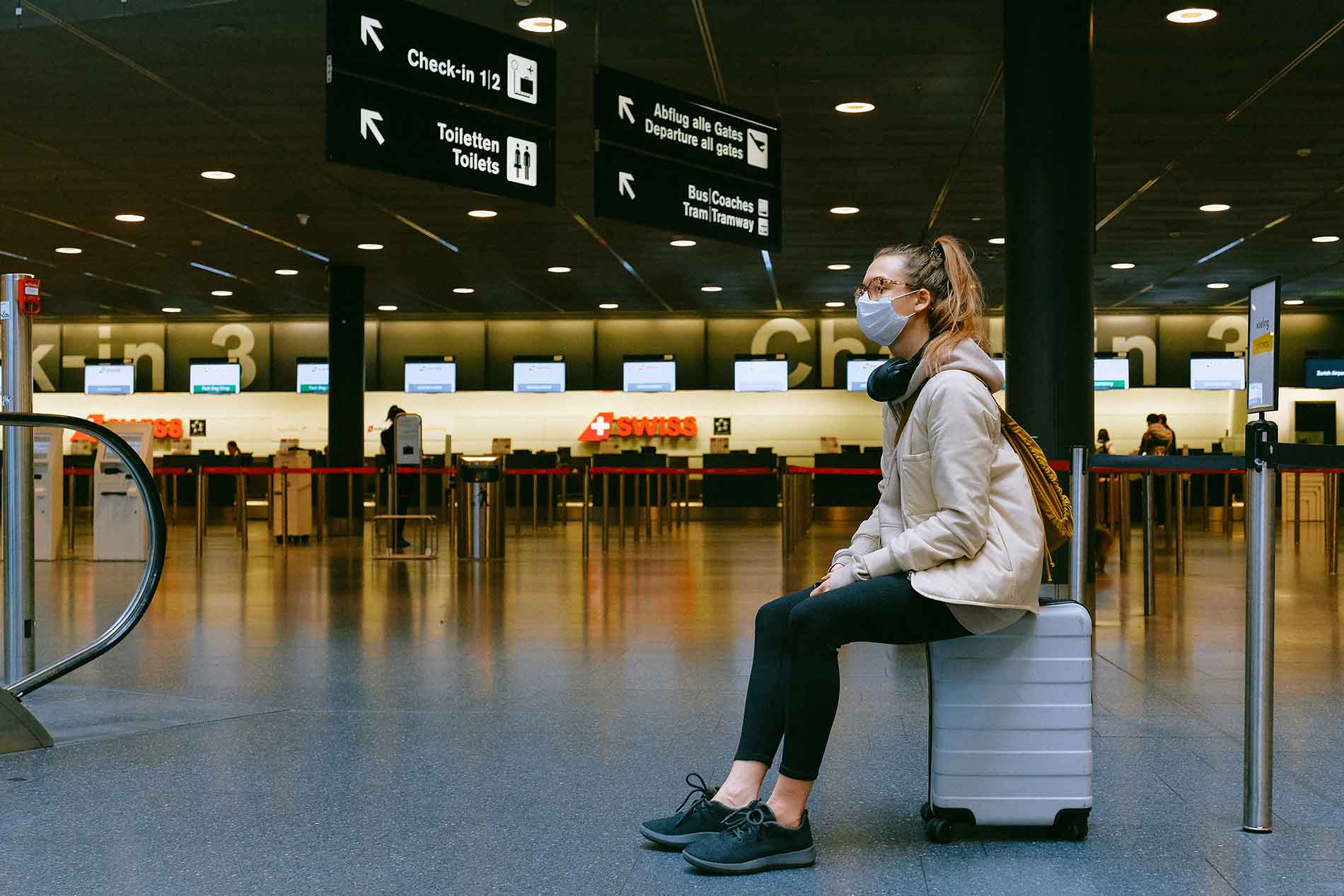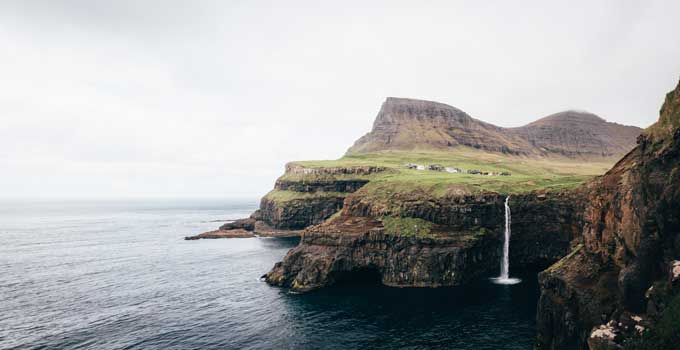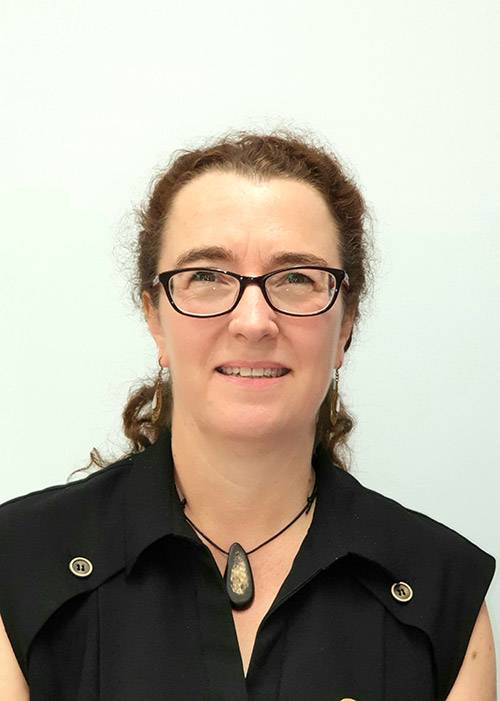Now is the time to reimagine how we experience the world beyond work and home. What travel adventure will you choose today?
Lyrics by Melbourne band My Friend the Chocolate Cake evoke “a travel shop window, with prices for plane trips that will take you away”. With wings clipped over recent months many of us may be disappointed about lost travel opportunities or have intensified our lunch time fantasizing about new ones. Confined to homes, we passed those travel shop windows less often … though if we had they’d likely be empty. What’s happened to travel for pleasure in the face of a global pandemic and what might the ‘new normal’, that we keep hearing will soon emerge, look like? I don’t have answers but invite you to explore some possibilities with me.
Borders closed. Airlines grounded. Venues shut down. Jobs lost and with them the surplus income that enables us to consider travel for pleasure. No access to exotic places, and once desirable locations lost their lustre as the fear of infection increased.

Cataclysmic changes have been predicted in the way we do so many things into the future and amongst these the forecast that long-haul, short-stay tourism - already under criticism for being unsustainable - is doomed (Higham 2020). The desire to travel seems to have remained however and certainly the desire to welcome (read: gain economic profit from) travellers is evident as impatient states and countries rush to reopen borders.
Important to understand is why we travel, and here Iet's focus on the travel we do for leisure purposes rather than for familial obligations or work. Escapism is a large part of answering why: the desire to experience, to see and do, something different from our everyday existence. This is probably why cruise ships, for example, have been so popular. On a fully catered cruise there is no cooking, cleaning, gardening. All that, plus the demands of work, can be ignored as miles of ocean are put between you and home.
But, for now, that kind of ultimate escape is not possible. Coupled with this, the pandemic situation made us more aware of the consequences of our travel choices. Within a short space of time after international flights were cancelled, we were confronted with graphs and images through social media channels depicting the effects of cleaner air over major cities. We saw wildlife returning to social spaces previously dominated by humans (meanwhile the brush turkeys and possums still frequenting the closed eateries on University campuses did not look impressed with their loss of lunch supplies). These images had a ‘wow’ factor that made us reflect on the health implications, for people and the planet, of air travel and overtourism. They prompted us to imagine a cleaner, greener, world as the ‘new normal’ going forward. How do we now meet the desire to travel without feelings of social and ecological guilt?
Enter virtual travel. Isolation taught us to use and embrace digital technologies in ways that are novel for many. Whether it be for teaching classes of students who are now a row of names on the side of a screen, or for a child to play a board game with a grandparent they cannot visit, we’ve realised that digital adoption can do more for us than ever before. And it can help us to travel too.
The concept of virtual travel is not new. You may have already ticked the virtual heritage tour of Sydney’s The Rocks area off your bucket list, for example, or interactively explored London’s Charles Dickens museum. Digital technologies are often employed as marketing tools to attract visitors to journey to a destination, to ‘showcase’ or give a small tempting taste of a destination. Or they are utilised insitu, like the augmented reality at The Battle of Iceland exhibition. To don armour and the VR headset and immerse yourself in the 1238 fight for independence you still have to physically go to Iceland. However, now these technologies can become the entire experience.
While many tourism businesses worldwide folded, losing jobs and millions of dollars, struggling to find enough money to pay workers and keep attractions viable, some embraced the new technologies to attract customers in some wonderful, and also sometimes a bit weird, new ways: ways that are cheaper and more environmentally friendly. Ways that may prove more sustainable for our planet, and ultimately ourselves.
In your lunch break today, you can eat your sandwich while you visit the Faroe Islands. A newly developed virtual tourism tool gives you the opportunity to purchase 60 minute tours where you control the moves of a Faroese Islander equipped with a live video camera. Your guide becomes not just your local interpreter, but also your eyes and feet, to explore your choice of waterfalls, grass-roof houses, towns or wilderness areas in this remote country that most people would not otherwise have the opportunity to visit, even in a pre-covid world. If nature and remoteness are not your idea of escapism, you can purchase tickets to a live-streamed baroque concert in Vienna, take a seat on a theme park ride at Florida’s Disney World, or walk the curving halls of the Guggenheim Museum in New York.

Is this the way of the future for leisure travel? If immersive experiences like these satisfy our desire to escape, then they could be highly successful. They are more accessible economically and temporally, and have less environmental impact, while allowing us to see and do activities without venturing further than our homes or offices. Concerned your other senses are missing out? Some travel providers offer recommendations of recipes, movies and books to augment the experience.
For this style of travel to become the new normal it must also be embraced by tourism businesses, and here is where I confess that I wasn’t telling the whole truth about the Faroe Islands. You can’t go there today. Once the Islands’ borders re-opened last month, the virtual tours were cancelled. They may not have been popular or, worse, they may have been too popular. Travel in this way currently has limited earning potential for the destination country. If the virtual substitutes are too good, and travellers choose (assuming we return to the old normal and that choice again becomes a possibility) to instead stay at home, then potential revenue will be lost.
Nevertheless, digital adoption in the travel industry has enormous potential that will only be realised if we, the consumers, choose to make it so. It has already demonstrated the ingenuity that can keep us sane during lockdowns by enabling us to continue to travel for pleasure. Longer term, it may also help to bring some rebalance to our impact on the natural world.
With travel shop windows available from your screen, and the destinations at your fingertips virtually endless, your next journey is limited only by your imagination. So, where will you go during your lunch break today?
References:
Higham, J. 2020 The sun is setting on unsustainable long-haul, short-stay tourism — regional travel bubbles are the future. The Conversation. https://theconversation.com/the-sun-is-setting-on-unsustainable-long-haul-short-stay-tourism-regional-travel-bubbles-are-the-future-140926. 2 July 2020.

Dr Georgette Leah Burns is a foundation member of the Centre for Planetary Health and Food Security and Senior Lecturer in the School of Environment and Science at Griffith University. Former Head of Tourism Studies at Holar University and Head of Tourism Research at the Icelandic Seal Centre, her research focuses on the ethics of our interactions with wildlife in tourism settings.
Professional Learning Hub
Our tailored professional learning focuses on the issues that are important to you and your team. Bringing together the expertise of Griffith University’s academics and research centres, our professional learning is designed to deliver creative solutions for the workplace of tomorrow. Whether you are looking for opportunities for yourself, or your team we have you covered.